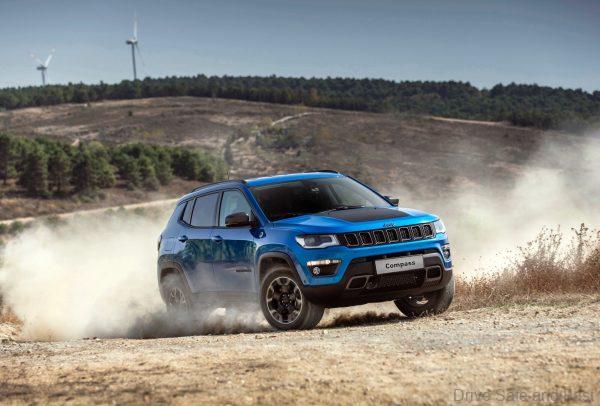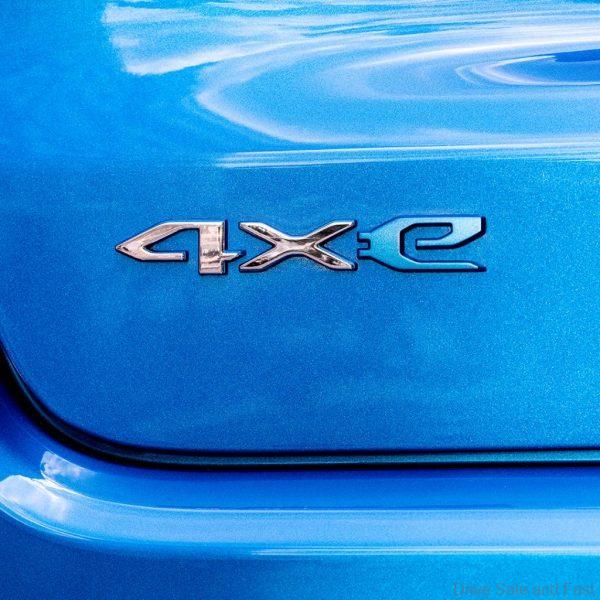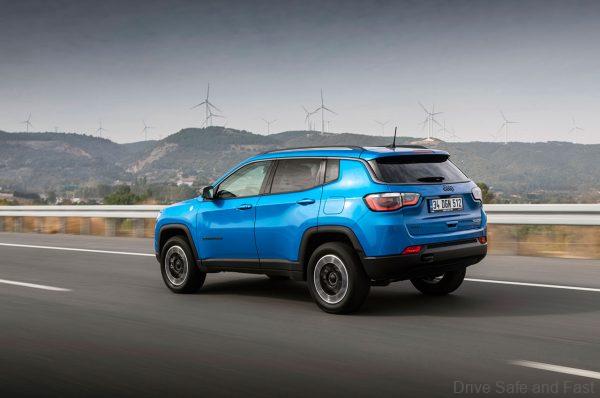With Its 1.3L Plug-In Hybrid Powertrain This 4xe Might Reignite Interest.
The Jeep brand and nameplate is as iconic as the Beetle and Mini for Malaysia car buyers. The MBF Group was the first to start distributing and selling the local assembled 2.5L Cherokee, Wrangler and the fully imported 4.0L Cherokee from 1992 for a few years and then they retired the Jeep brand. Later in 2014, DRB-Hicom restarted the Jeep brand in Malaysia with a flagship showroom in Glenmarie.
This lasted 3 years as Jeep product planners in its home country were not moving quickly enough to compete with the Japanese and European 4×4 and SUV manufacturers who had exciting new vehicles with the latest technology and more efficient small capacity powertrains.




Jeep Powertrain
Running their aged engines, Jeeps were losing out on fuel efficiency and cabin technology. Better late than never, in August 2019 Jeep introduced their all new 1.3L direct-injection turbocharged engine with a new nine-speed automatic gearbox. This new small capacity engine was perfect for ASEAN buyers.
Jeep Future
The evolution of the Jeep brand fully reflects its core values of freedom, adventure, authenticity and passion, the pillars of its reputation worldwide. The most recent step of Jeep ‘s evolutionary journey was taken into the world of electrification.
This was done through different stages that paced the brand’s approach to a plug-in hybrid propulsion solution capable of enhancing the legendary off-road capability of its line-up of SUVs.
As a brand, Jeep has always pioneered new segments and new technologies. Its legend started in 1941 with the Willys-Overland, the first ever mass-produced 4×4 vehicle and continued in 1949 with the launch of the four-wheel-drive Willys Wagon, which created the Sport Utility Vehicle.
Its world-renowned off-road capability has lasted ever since. Comfort, handling and connectivity have been increased over time, in parallel with the all-terrain performance of Jeep SUVs.
Today, the Jeep brand is taking another major evolutionary step towards respecting the environment and reducing the total cost of ownership by introducing the new Renegade 4xe and Compass 4xe plug-in hybrid electric vehicles.
A no-compromise hybrid solution, which integrates the unmatched technical content of each Jeep SUV, will power both the Jeep Renegade 4xe and Jeep Compass 4xe and turn them into vehicles that provide absolute freedom while taking their capability to the next level through some of the most advanced eco-friendly technology.
It is ’The Jeep way‘ to electrification.



Jeep 4xe
Each Jeep plug-in hybrid vehicle will carry a 4xe badge, centered around the pillars of efficiency, performance and responsibility. They will be the most fuel-efficient Jeep SUVs ever: the new 4xe technology will offer a zero-emission drive and a line-up of new plug-in hybrid electric models providing range and easy charging.
Efficiency is not achieved at the expense of performance. Each Jeep 4xe vehicle remains true to its all-terrain vocation while enhancing the driving experience on the road, with smooth response and acceleration.
The increased torque generated by the electric propulsion system and the ability to adjust it with extreme precision ensures even greater four-wheel-drive capability on any terrain, for challenging off-road adventures.
Finally, 4xe stands for responsibility and respect for the environment. Thanks to the plug-in hybrid electric technology, CO2 emissions are lower than 50 g/km in hybrid mode* and the cost of ownership is reduced.
But the Jeep brand’s focus on sustainability runs deeper than this and starts even before these vehicles hit the road thanks to a manufacturing cycle designed to produce the lowest environmental impact.
Jeep PHEV
The Jeep Renegade 4xe and Jeep Compass 4xe powertrain integrates two electric motors and an 11.4 kWh battery pack, with a fuel-efficient 1.3-liter turbo petrol engine and six-speed automatic transmission. This architecture provides two cars in one: a battery electric vehicle featuring an electric motor and a high-voltage lithium-ion battery pack on the rear axle and a conventional vehicle with an internal combustion engine fitted on the front axle.
Key elements of the Renegade and Compass 4xe powertrain are:
A 1.3-liter, four-cylinder, turbo petrol internal combustion engine delivering 130 or 180 hp and 270 Nm of torque.
Two electric motors, one of which is located on the front axle and coupled to the internal combustion engine that, in addition to working in synergy with the engine, can act as a high-voltage generator, as necessary.
The second one is located on the rear axle and features reduction gear and integrated differential (“e-axle”). It delivers 60 hp of power and 250 Nm of torque, generating traction and recovering energy while braking.
An 11.4 kWh, 400 volt, lithium-ion, nickel-manganese-cobalt, battery pack powers the e-axle and is located in a secure position underneath the second row seat.
An integrated module for controlling the charging of the high-voltage and conventional 12V batteries of the car which is compact in size and mounted in the trunk.
The combined power of the two power sources (electric and heat) is 190 hp or 240 hp.
Waiting For 4xe
Now all we can do is wait and see if the current importer plans to launch this new range of efficient and will engineered Jeeps for Malaysia or will Jeeps parent, Stellantis open its multi-brand showrooms right here in Malaysia for the return of more than just one brand.
As of 19th January 2021, Stellantis is the name of the merger between Fiat Chrysler Group (FCA) and the Peugeot Group (PSA). This merger makes Stellantis one of the largest car companies in the world, with combined annual sales of around 8.1 million vehicles.
Fiat-Chrysler Automobiles (FCA) is the umbrella group name for Fiat, Chrysler, Jeep, Ram, Dodge, Alfa Romeo, Lancia, and Maserati. Peugeot Group (PSA) is the owner of Peugeot, Citroen, DS, Opel, and Vauxhall.